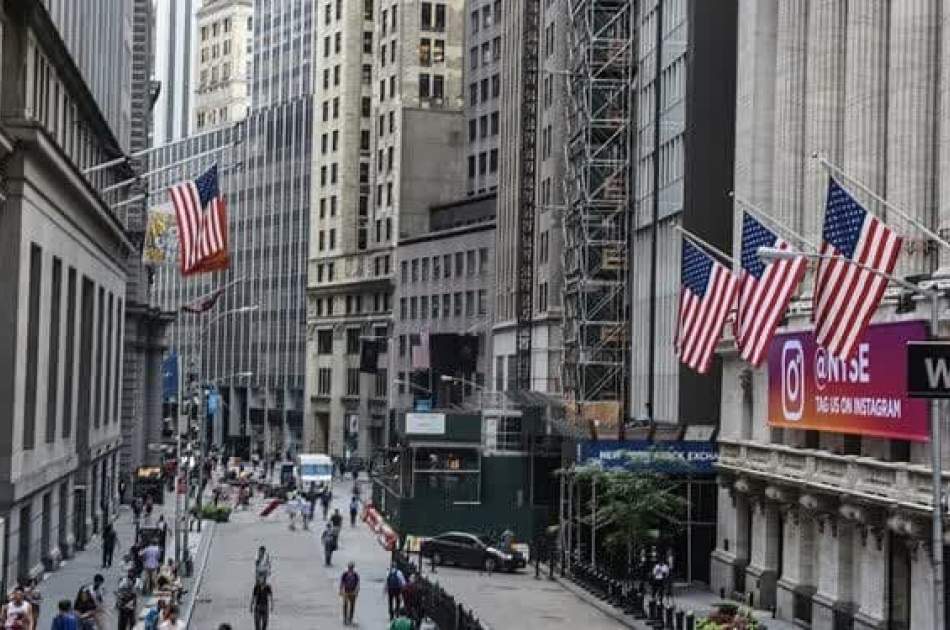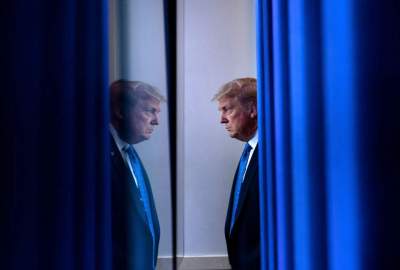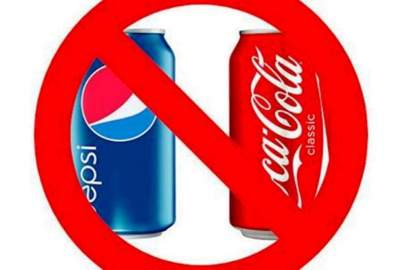A key gauge of economic health in the US has sunk into negative territory, adding credence to some of Wall Street's more pessimistic growth predictions.
Publish dateMonday 22 January 2024 - 14:48
Story Code : 284679
Afghan Voice Agency (AVA) - Monitoring: Bank credit levels have now fallen for three quarters in a row, according to the Board of Governors of the Federal Reserve System – the first sustained contraction since 2010, Business Insider reported.
This is only the second such decline in more than half a century. The last one was during the Great Recession, brought about by the global financial crisis of 2008-2009.
The extended slump in bank lending comes as many Wall Street experts continue to project a pessimistic outlook for the economy, despite the surprisingly upbeat trend seen in 2023. High-profile investor Jeffrey Gundlach sees a 75% chance of recession this year, while private-equity billionaire Henry Kravis has warned of heightened economic uncertainty.
Economists David Rosenberg and Steve Hanke also expect a sharp downturn, while market guru Gary Shilling has suggested a US recession may already be underway.
"Bank credit is contracting for only the 2nd time in 50 years," Tilo Marotz, head of liquid assets at German insurer Continental Versiche rungsver bund, pointed out in a LinkedIn post this week.
The credit contraction means that companies are borrowing less, with higher interest rates making it more expensive to take out loans. When it's harder to raise debt, businesses are less likely to press ahead with spending projects, which can further drag on economic growth.
Between March 2022 and July 2023, the Federal Reserve jacked up interest rates from near-zero to around 5.5% in a bid to clamp down on soaring consumer prices.
The central bank has signaled that it'll start loosening monetary policy once it's confident that inflation will fall in line with its 2% target, but until then it'll be tougher for businesses to access credit.
The US economy defied forecasters' gloomy predictions by dodging a recession last year, with strong consumer spending helping to prop up growth. The country's gross domestic product expanded by a better-than-expected 4.9% in the third quarter – although that's predicted to have slowed to just 1.3% over the final three months of 2023, according to a survey of forecasters by the Philadelphia Fed.
Some Wall Street gurus believe central bankers are now in a position to engineer a so-called "soft landing", which refers to the dreamlike scenario where they manage to bring inflation down to 2% without triggering a spike in unemployment or a severe recession.
Treasury Secretary Janet Yellen said the US economy was "seeing now what I think we can describe as a soft landing" earlier this month while the Fed's own officials haven't mentioned the dreaded r-word since July, according to minutes from policymakers' last three meetings.
But not everyone on Wall Street is so cheerful.
JPMorgan Chase CEO Jamie Dimon said earlier this month that he's still "a little skeptical of the Goldilocks scenario" – referring to an economy where the levels of growth, inflation, and unemployment look "just right".
"I still think the chance of it not being a soft landing are higher than other people," the billionaire banker told Fox Business.
"It's not terrible. It might be a mild recession or a heavy recession," he added, noting it's possible that the downturn bites in 2024.
Top economists like Hanke and Rosenberg have repeatedly flagged the possibility that the US suffers a severe slump in growth. Hanke said this week that he believes a recession will soon "start to bite", while Rosenberg warned in August that it'd take a "miracle" to avoid a downturn.
The pessimists' outlook tends to hinge on a combination of factors – including the fact the economy is yet to feel the brunt of the Fed's aggressive rate increases and the potential for the ongoing wars in Ukraine and Gaza to drive up inflation and disrupt global trade.
Contracting bank credit is another sign they could be proven right./Fars news
This is only the second such decline in more than half a century. The last one was during the Great Recession, brought about by the global financial crisis of 2008-2009.
The extended slump in bank lending comes as many Wall Street experts continue to project a pessimistic outlook for the economy, despite the surprisingly upbeat trend seen in 2023. High-profile investor Jeffrey Gundlach sees a 75% chance of recession this year, while private-equity billionaire Henry Kravis has warned of heightened economic uncertainty.
Economists David Rosenberg and Steve Hanke also expect a sharp downturn, while market guru Gary Shilling has suggested a US recession may already be underway.
"Bank credit is contracting for only the 2nd time in 50 years," Tilo Marotz, head of liquid assets at German insurer Continental Versiche rungsver bund, pointed out in a LinkedIn post this week.
The credit contraction means that companies are borrowing less, with higher interest rates making it more expensive to take out loans. When it's harder to raise debt, businesses are less likely to press ahead with spending projects, which can further drag on economic growth.
Between March 2022 and July 2023, the Federal Reserve jacked up interest rates from near-zero to around 5.5% in a bid to clamp down on soaring consumer prices.
The central bank has signaled that it'll start loosening monetary policy once it's confident that inflation will fall in line with its 2% target, but until then it'll be tougher for businesses to access credit.
The US economy defied forecasters' gloomy predictions by dodging a recession last year, with strong consumer spending helping to prop up growth. The country's gross domestic product expanded by a better-than-expected 4.9% in the third quarter – although that's predicted to have slowed to just 1.3% over the final three months of 2023, according to a survey of forecasters by the Philadelphia Fed.
Some Wall Street gurus believe central bankers are now in a position to engineer a so-called "soft landing", which refers to the dreamlike scenario where they manage to bring inflation down to 2% without triggering a spike in unemployment or a severe recession.
Treasury Secretary Janet Yellen said the US economy was "seeing now what I think we can describe as a soft landing" earlier this month while the Fed's own officials haven't mentioned the dreaded r-word since July, according to minutes from policymakers' last three meetings.
But not everyone on Wall Street is so cheerful.
JPMorgan Chase CEO Jamie Dimon said earlier this month that he's still "a little skeptical of the Goldilocks scenario" – referring to an economy where the levels of growth, inflation, and unemployment look "just right".
"I still think the chance of it not being a soft landing are higher than other people," the billionaire banker told Fox Business.
"It's not terrible. It might be a mild recession or a heavy recession," he added, noting it's possible that the downturn bites in 2024.
Top economists like Hanke and Rosenberg have repeatedly flagged the possibility that the US suffers a severe slump in growth. Hanke said this week that he believes a recession will soon "start to bite", while Rosenberg warned in August that it'd take a "miracle" to avoid a downturn.
The pessimists' outlook tends to hinge on a combination of factors – including the fact the economy is yet to feel the brunt of the Fed's aggressive rate increases and the potential for the ongoing wars in Ukraine and Gaza to drive up inflation and disrupt global trade.
Contracting bank credit is another sign they could be proven right./Fars news
avapress.net/vdcfejd01w6dcva.r7iw.html
Tags
Top hits







